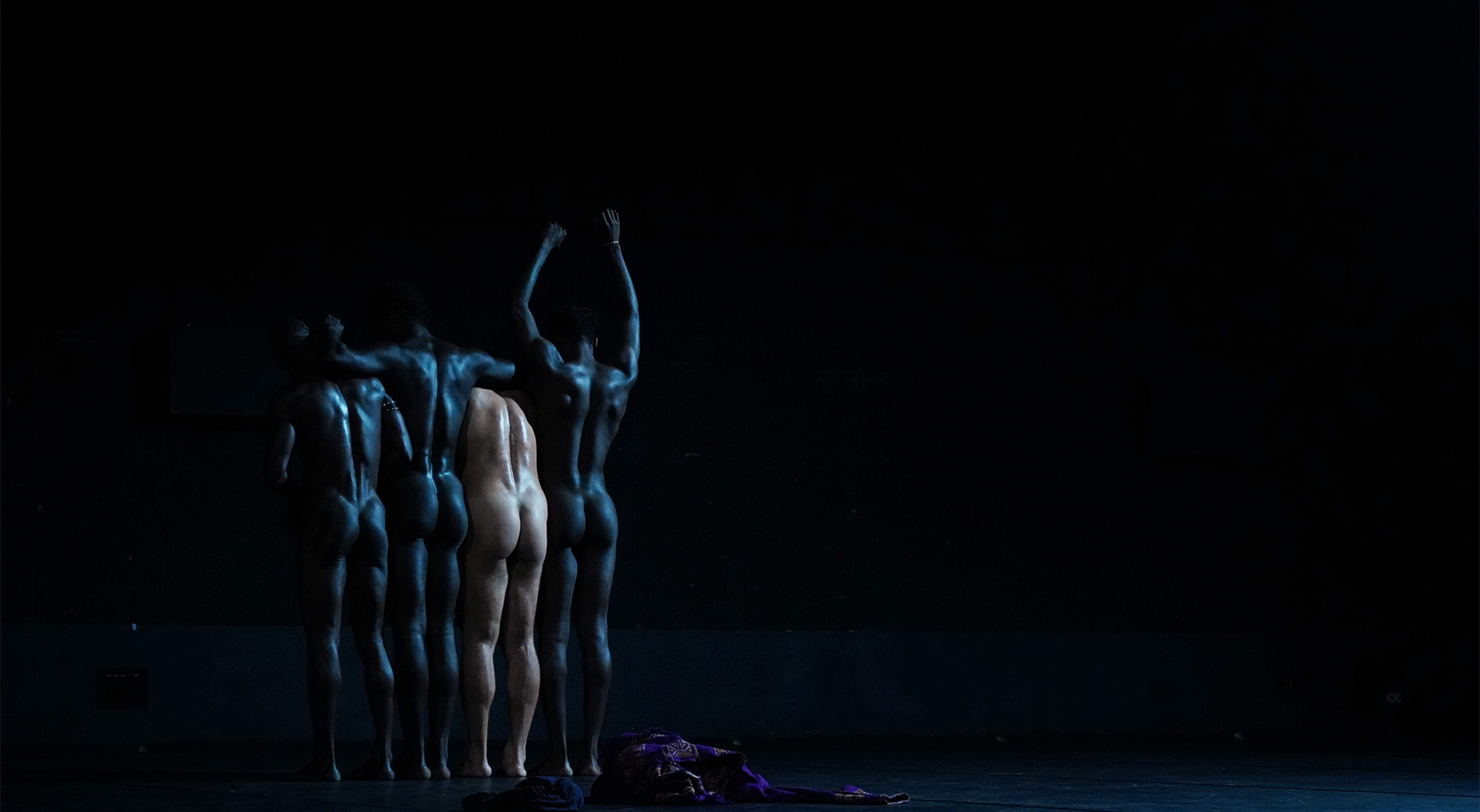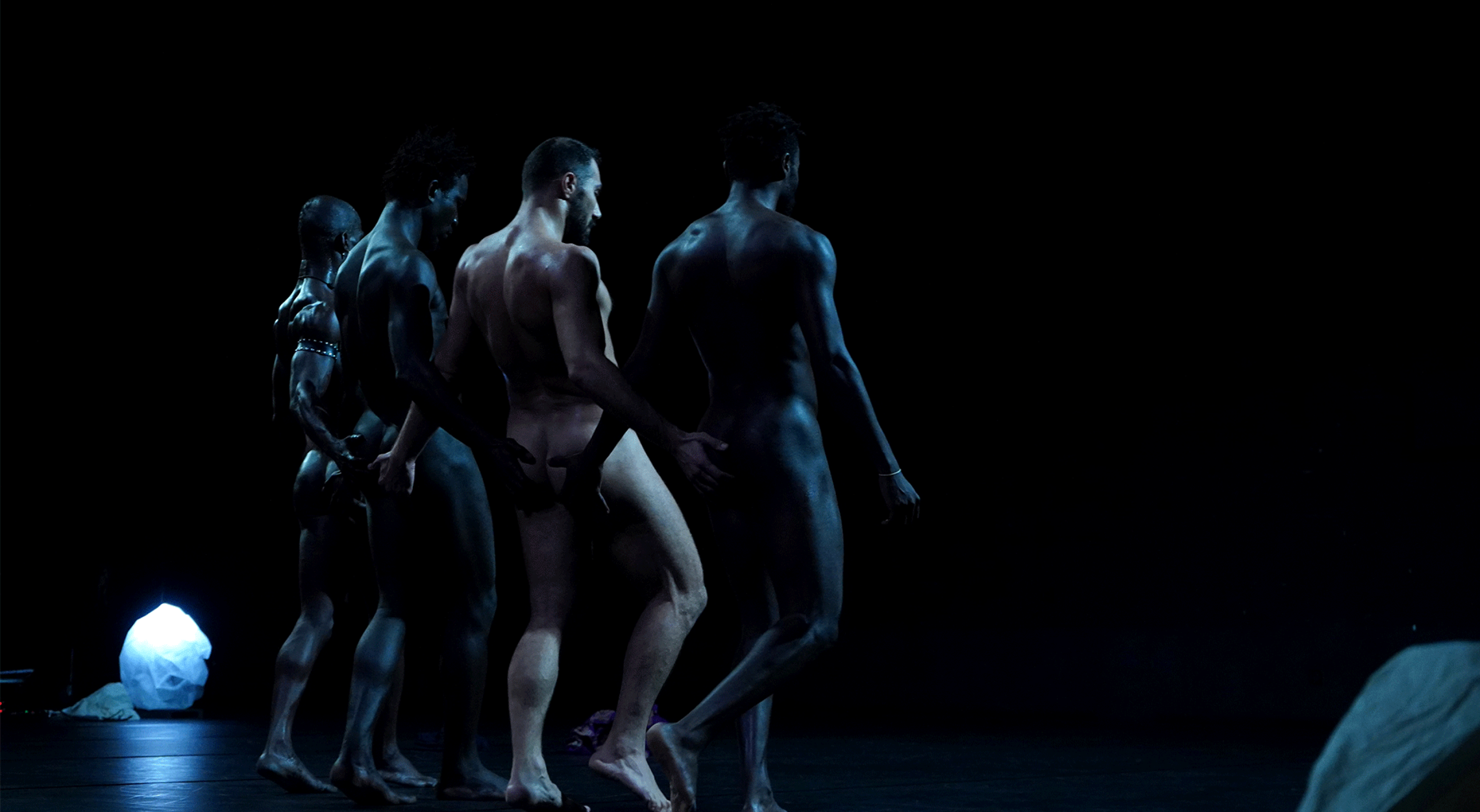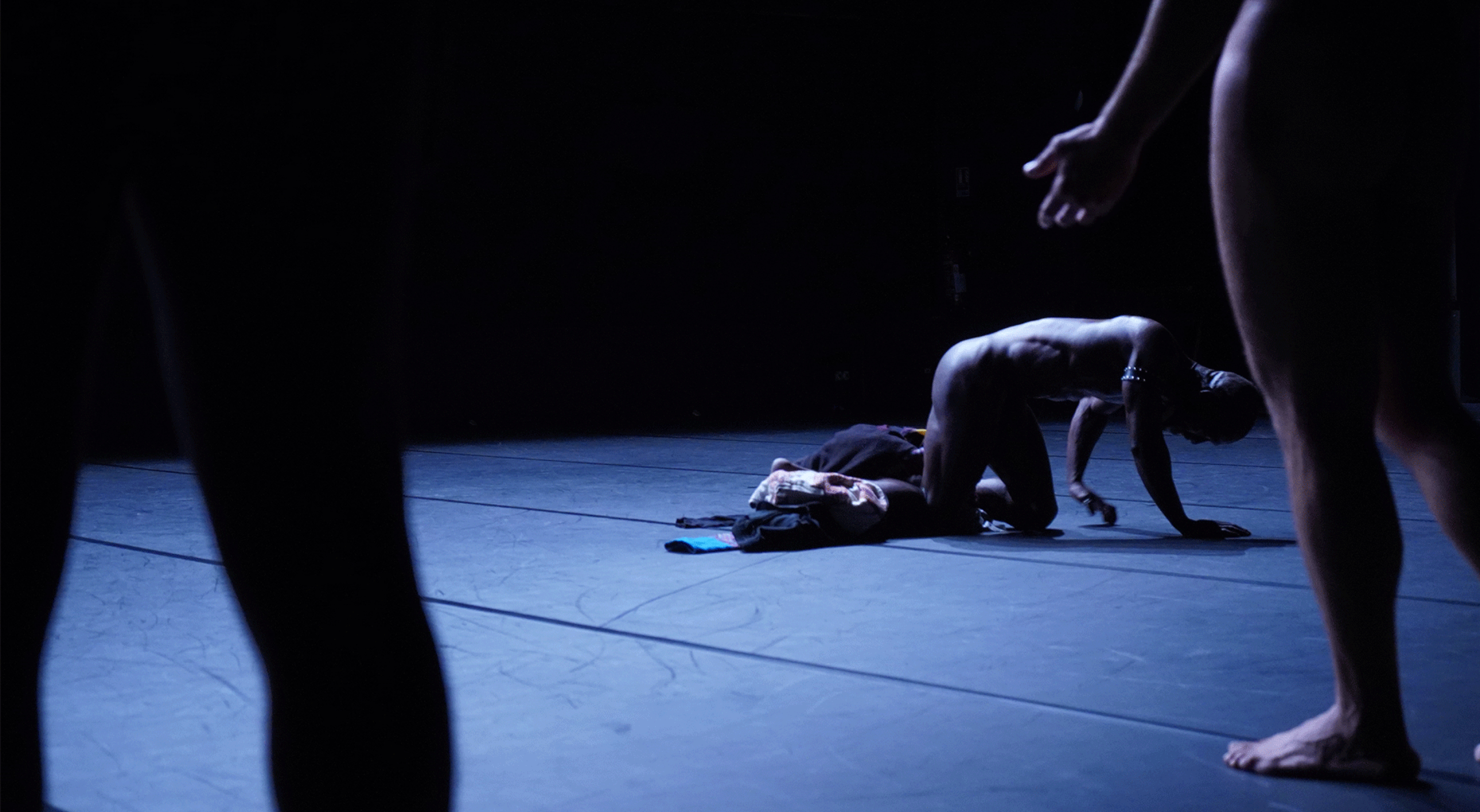Nadia Beugré
L’Homme rare
octoberoct 4 – 6
januaryjan 23
Creation and choreography, Nadia Beugré
Performers, Nadim Bahsoun, Daouda Keita, Marius Moguiba, Lucas Nicot, Tahi Vadel Guei
Technical and lighting direction, Anthony Merlaud
Music, Serge Gainsbourg, Lucas Nicot, Percussions d'Obilo
Outside view, Faustin Linyekula
Production and diffusion Virginie Dupray - Libr'Arts, with the support of Latitudes Contemporaines and Studios Kabako
Coproduction Kunstenfestivaldesarts (Brussels) ; Théâtre de la Ville-Paris ; Festival d'Automne à Paris ; Montpellier Danse ; CCN2 - Centre chorégraphique national de Grenoble ; Centre chorégraphique national d'Orléans - Direction Maud Le Pladec ; Kunstencentrum Vooruit (Gand) ; Musée de la Danse - Centre chorégraphique national de Rennes et de Bretagne ; BIT Teatergarasjen (Bergen) ; Théâtre de Nîmes
Montpellier Danse - Agora, cité internationale de la danse, with the support of the BNP Paribas Foundation
With the support of L'échangeur-CDCN Hauts-de France - Studio Libre (Château-Thierry); Drac Occitanie - Aide à la reprise
Libr'Arts is supported by the Drac Occitanie / ministère de la Culture as a subsidized company
Nadia Beugré is an associate artist of the briqueterie CDCN du Val-de-Marne
The Festival d'Automne à Paris is coproducer of this performance and presents it in co-production with the briqueterie CDCN du Val-de-Marne.
With the support of the Fondation d'entreprise Hermès
Nadia Beugré's piece L'Homme rare tackles the issue of gender assignment head-on. By having five naked men sway their hips on stage, it sabotages the categories of masculine and feminine. However, it is also a piece about our gaze. In this instance, that of the western, voyeuristic, and eroticist gaze that we cast on these bodies. And more specifically on these black bodies.
With their backs to us, they are either completely naked or draped in simple fabrics. Five non-white men, some wearing high heels, sway their hips, and gyrate their pelvis to wave-like effect. Inspired by the different communities of Rio de Janeiro and their fast-paced urban dances, the choreographer Nadia Beugré picks up on these movements that are not only confined to women, and uses them to thwart gender assignment in a subtle way. If L'Homme rare serves as a reminder that femininity and masculinity, fragility and virility, are entirely relative notions, the piece holds up, above all, a mirror with which to observe our ways of seeing. The choreographer lets us cast our gaze wherever we want to. However, there is no escaping from the posture of the voyeur, this direct inheritor of the dominant gaze, which reifies, eroticizes, and colonizes bodies, especially black bodies. By enriching other nuances of masculinity, and with bouncy buttocks rather than bulging torsos, L’Homme rare becomes that rare breed of man that allows himself be looked at without ever showing his face.
See also
In the same place



